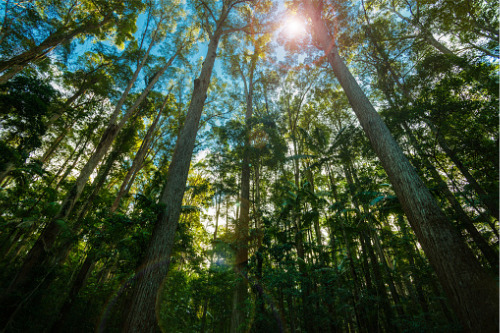

Carbon farming will remain an important and commercially viable tool in ensuring climate change resilience in New Zealand, said a conservationist and forestry expert, amid reports that increasing forest fire risks make it a waste of time and money.
Sean Weaver, chief executive of forestry firm Ekos, said that highlighting the risks in the highest risk areas is “scaremongering”. This was in response to a recent report by BDO Gisborne that concluded lands planted in pine trees for carbon farming will be losing money in 100 years, leaving behind potentially unsellable land covered in ageing pine, with a negative impact on employment, forestry and farming.
Ekos said that when it uses exotic tree species, it actively transitions the exotic forest to native forest through systematic small-scale harvest and replacement over several decades.
“This approach is commercially viable and can be retrofitted into any permanent pine forestry operations,” Weaver said. “Then in the long term native timbers can be sustainably managed to create a permanent revenue stream. Some have suggested that carbon farms across the country will all burn down, making it a waste of time and money. This doesn’t stack up with the NIWA and Ministry for the Environment climate projections which show many parts of New Zealand will actually get wetter.”
Forest insurance premiums will rise in areas of higher risk, causing some forestry activities to move towards lower-risk regions, and lower-risk forest types in dryer regions, Weaver said.
“Native forest is far less fire-prone than exotic plantations, making native reforestation of erosion-prone catchments and waterways a better option to protect biodiversity and deal with extreme weather events now and in the future,” Weaver said. “We work with farmers to convert steep lands unsuitable for agriculture to restorative carbon farming. Some East Coast rivers have among the highest sedimentation rates on the planet, because the erosion lands upstream simply cannot cope with pastoralism.
“Fire and wind damage will always be a threat and no area is immune to risk, but the bigger threat is climate change and not preparing for what is coming,” Weaver said. “We need to make massive emission reductions and grow as many sustainable and native forests as we can. We need to do this by working with our farming communities who are on the climate change front line – they are the ones whose livelihoods and wellbeing get broken in droughts and floods.”
